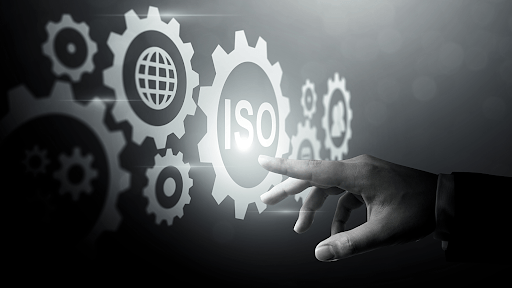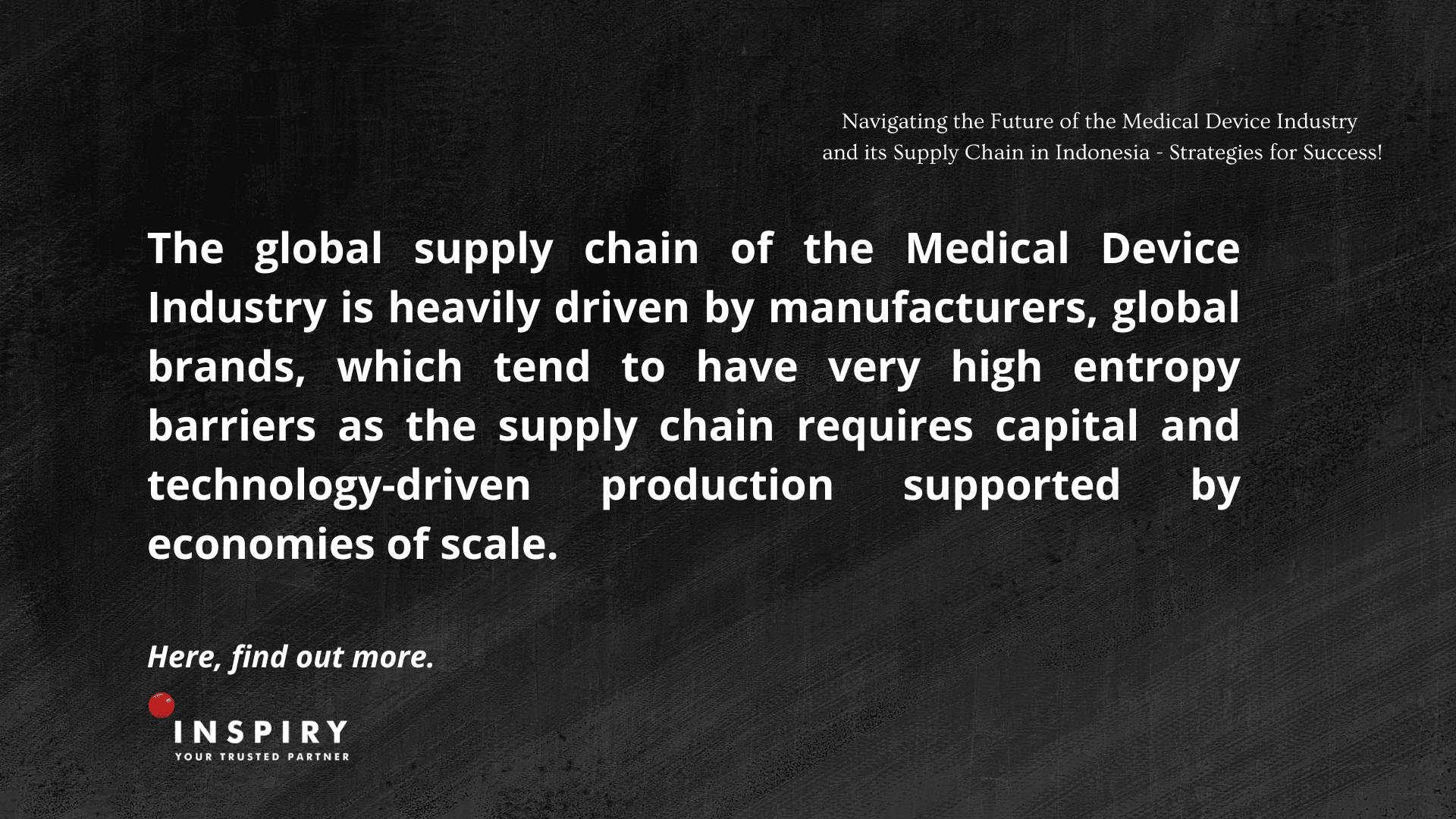
Blog Detail
Navigating the Future of the Medical Device Industry and its Supply Chain in Indonesia - Strategies for Success!

The global medical device industry is projected to grow with a value of US$509 billion (www.statista.com). One of the triggers is the digital revolution, AI-based technology, real robotics as innovations that break conventional approaches and are accepted by the medical device industry as enablers that have a significant impact on the final product of medical device equipment end solutions and its supply chain ecosystem.
With the adoption of increasingly integrated technologies, the medical device industry will not only experience improved production and operational efficiency, but will also open up new opportunities in product development, care and maintenance. This means that the supply of medical devices will become more responsive to market dynamics and better able to address increasingly complex global health challenges. In this context, collaboration between industry stakeholders, including manufacturers, healthcare providers, and technology developers, will be the key to formulating innovative solutions that can have a positive impact on improving the overall quality of healthcare.
The global supply chain of the Medical Device Industry is heavily driven by manufacturers, global brands, which tend to have very high entropy barriers as the supply chain requires capital and technology-driven production supported by economies of scale. Under these conditions, the industry value chain will be heavily conditioned by manufacturers and their distributors' capacity to distribute, deliver medical device products, and spare parts as well as after-sales service maintenance.
The healthcare industry in Indonesia is full of potential. With a population of over 279 million and a demographic bonus of the productive age segment, 75 million Generation Z and 70 million Millennials, will grow even stronger in the coming decade, making Indonesia an attractive market and providing unique opportunities for healthcare industry investors. In 2023, Indonesia has experienced a significant increase in foreign investment of US$50.27 billion growing 13.7% YoY and 52.4% of which flowed into the Basic Metal, Metal Goods, Non-Machinery and Equipment Industry sector, including the medical device, pharmaceutical and healthcare industries.
In 2024, the Indonesian government aims to attract Foreign Direct Investment (FDI) in the healthcare sector including industries, distributors, and services that have been removed from the Negative Investment List (DNI), open to 100% foreign ownership. We believe that this is the right momentum for your business to grow and achieve greater success in the Indonesian healthcare market.
Here are some helpful tips to succeed in the Indonesian Medical Devices Market:
Understand the regulations. Compliance is key, you must ensure that you adhere to the pre-market and post-market regulations.
Understanding the industry landscape, local manufacturers and distributors is essential. Indonesia is vast with its spread of healthcare facilities. The landscape includes: +10.000 community health service units, +7000 Primary Clinics, +3000 Hospitals, +2000 Clinical laboratories and +300 Red Cross units. You definitely need more than one dedicated and highly mobile local partner to succeed. Collaboration increases opportunities and utilization, with a focus on customer satisfaction to generate revenue quickly.
Having a great team and functioning systems builds Resilience and Flexibility. Systems built should be capable of identifying trends, optimizing operations, and making quick and informed decisions, spanning demand forecasting to performance tracking. The global supply chain landscape is full of uncertainties and disruptions, it requires resilience and flexibility, adopting sustainable practices and business ethics into the strategy not only enhances brand reputation but also contributes to sustainable short-term business viability and success.
Export Orientation to the US portrayed by tariffs on syringes and needles from China to the USA will increase from zero to 50%, and tariffs on certain respirators and face masks will increase to 25% this year, from the current range of zero to 7.5%. Tariffs on rubber gloves will increase from 7.5% to 25% by 2026. This opens up “Made in Indonesia” medical device manufacturing or contract manufacturing investment opportunities.
Entering new markets is challenging, and we are here to provide end-to-end solutions to support you. When you are looking to open up Hospital market access or connect with Manufactures, Distributors, or you need assistance with compliance, business licenses, business processes or quality management system services, we are here to help. Please contact us at +62 877 6777 1778 or +62 21 2217 8061, or by sending an email to inspirya@inspiry.asia.
#SalamInspirasi
Contributor: Lestari Chandra N
